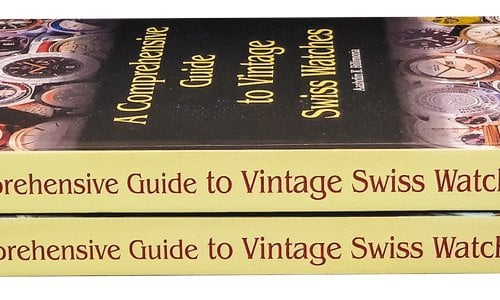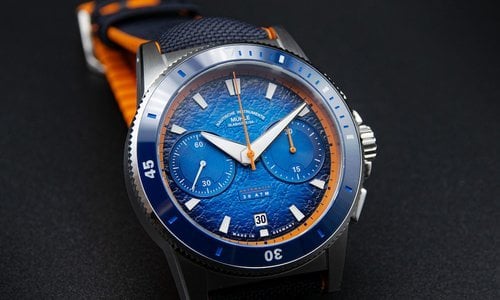
The great empires and kingdoms that make up the largest slice of the proverbial watchmaking pie (Swatch Group, Richemont, LVMH, Rolex, Seiko, and a few major independents such as Patek Philippe and Chopard) only continue to become greater. This was again demonstrated by the latest move on this highly competitive chessboard with the acquisition of Hublot by LVMH. While this purchase made headlines, many other much less publicized buy-outs take place behind the scenes and involve ‘subcontractors’ that move lock, stock, and barrel into one camp or another.
But from the point of view of the offer—and from the average consumer’s viewpoint—this vast territory of watchmaking appears to be breaking up rather than consolidating. It seems to be splitting into a mosaic of kingdoms (the brands), which all stalwartly defend their honour and their realms. The reason consumers have this impression—I am not talking about well-informed collectors or aficionados—is because they don’t pay attention or even care about which brand belongs to which group. They have other criteria for judging a brand: primarily it must meet or satisfy their own taste and their wallet, whether in real or symbolic terms.
The independents, new brands, and lone watchmakers have seen an opportunity not to be missed in these consolidations—they must quickly slide into the cracks of this competitive combat. Ah, but creeping to the front lines is one thing, making themselves heard over the roar of the battle is quite another. Relatively impoverished compared to the extraordinary advertising allotments at the disposal of the great empires and kingdoms, these solitary knights try to resolve their dilemma by innovating and producing new designs that, for a time at least, divert attention to them.
In this discordant chorus, in this welter of ideas, there are, of course, things to be taken and things to be left. We have no intention of becoming a censor or a critic of good and bad points. We must, however, draw attention to the frequent confusion in order to see a little clearer through the fog. As we know, there is ‘innovation’ and then there is ‘innovation’. They are not all the same. In the same vein, there are ‘manufactures’ and then there are ‘manufactures’. In reading the promotional material from the brands, we get the im-pression that Switzerland is home to 620 manufactures (or approximately the number of Swiss brands).
How many movements are presented as being ‘revolutionary’ and vaunted as being ‘designed, constructed, and produced in-house’ when this ‘rev-olution’ often simply means that an additional—and subcontracted—mechanism has been added or that a display has been moved from 6 o’clock to 3 o’clock!
During the current era of the ‘showcase of metals’, how many alloys ‘used in the aerospace industry’ have actually been around for the last 150 years? Moreover, while we might try to actually discern the truly inno-vative from the wannabes, we must also rejoice in the incredible vitality that is happening in watchmaking today. This period is one of the most prolific in the history of timekeeping (perhaps comparable to the Art DÉco period, which saw the birth of a great many watch icons that are still famous today). Which of today’s plethora of products will still be ticking tomorrow? Only time will tell. We do know, however, that all the empires and all the kingdoms are, in the end, mortal, and that often the bravest of knights end up wandering.
Photo: Orson Welles’ Don Quichotte
Source: Europa Star June-July 2008 Magazine Issue




